Where We Work
The Nature Conservancy advances conservation across six continents, including in more than 80 countries and territories and all 50 U.S. states.
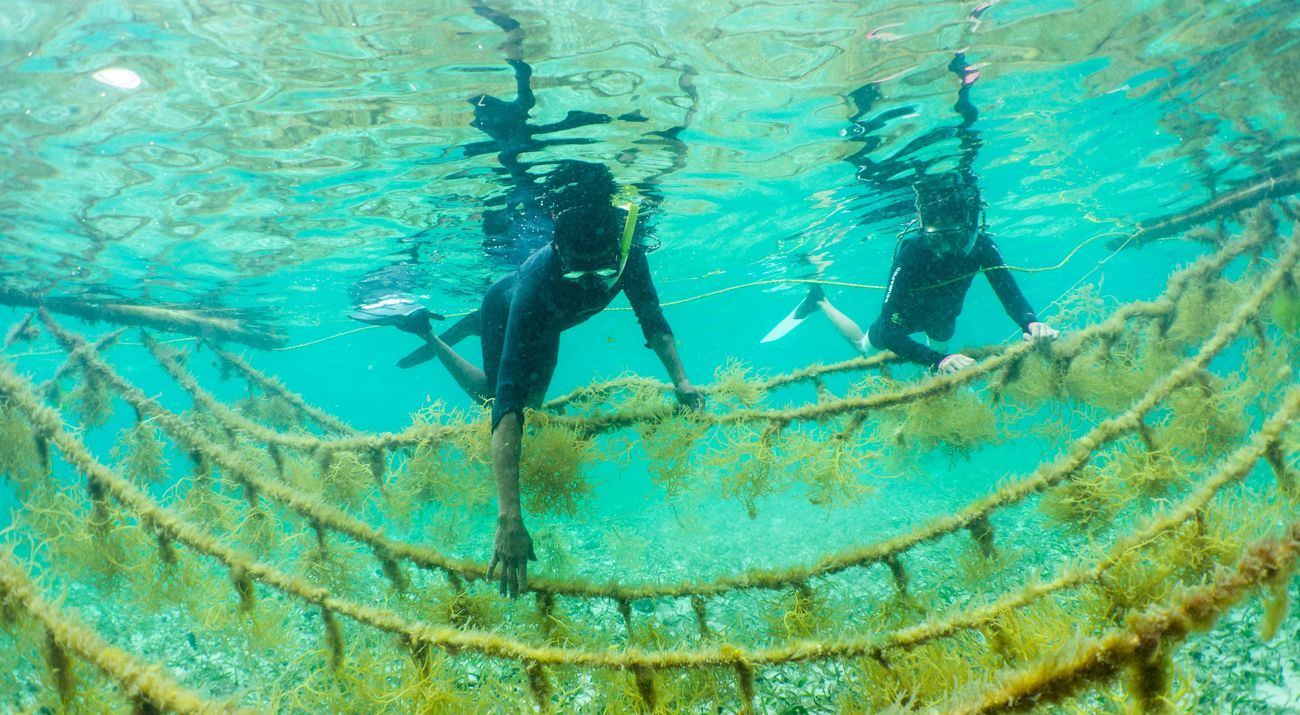
Our Projects Around the World
With boots on the ground and fins in the water, The Nature Conservancy's staff advances conservation from remote laboratories, government capitals and everywhere in between. Explore the variety of ways we champion natural solutions across six continents and all five major biomes.

Connect With Places We Protect
Use our interactive map to find places we've protected across the United States, including many you can visit!
View some of our priority work around the world:
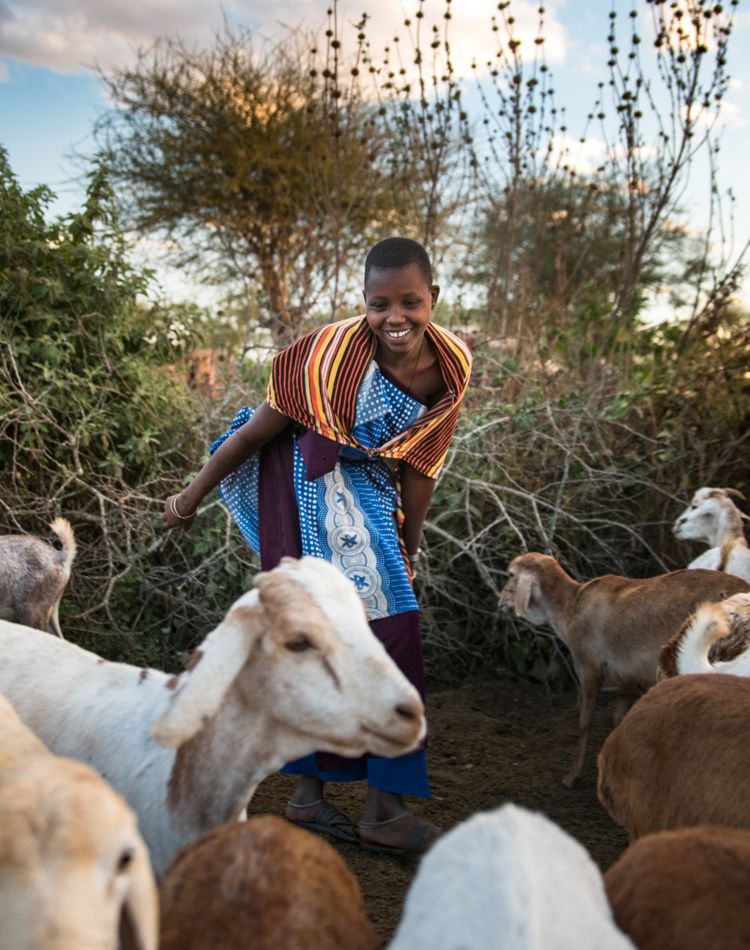
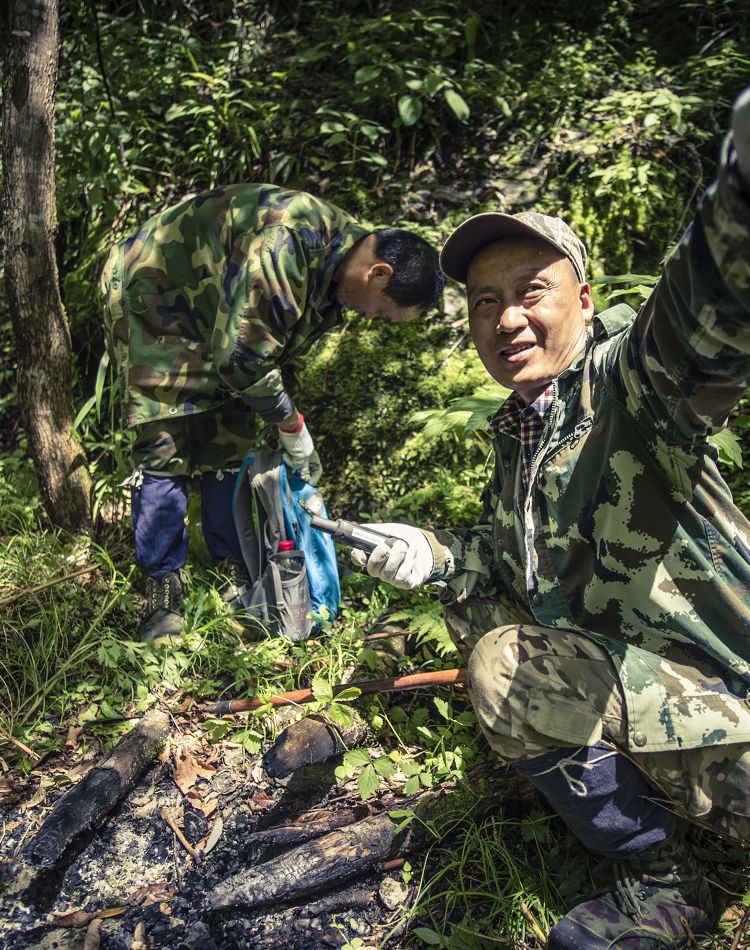
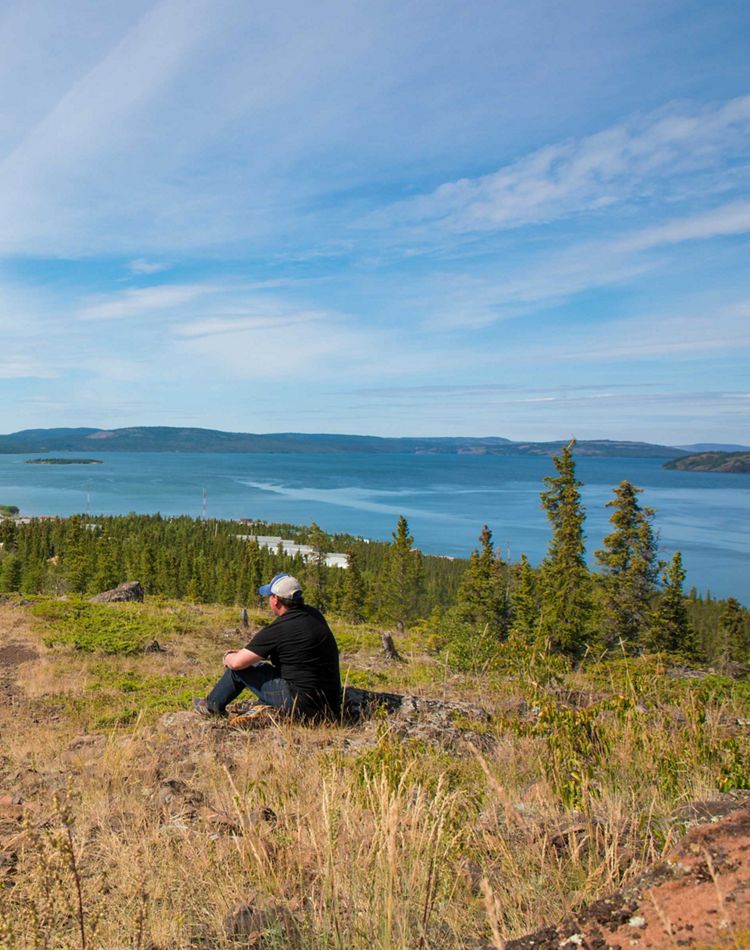
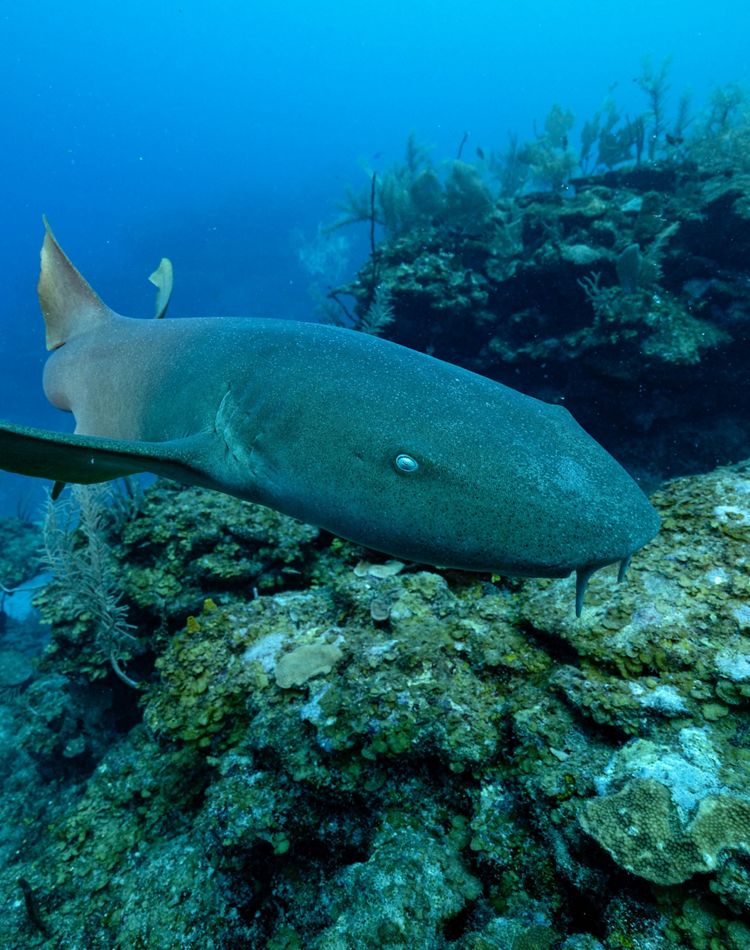
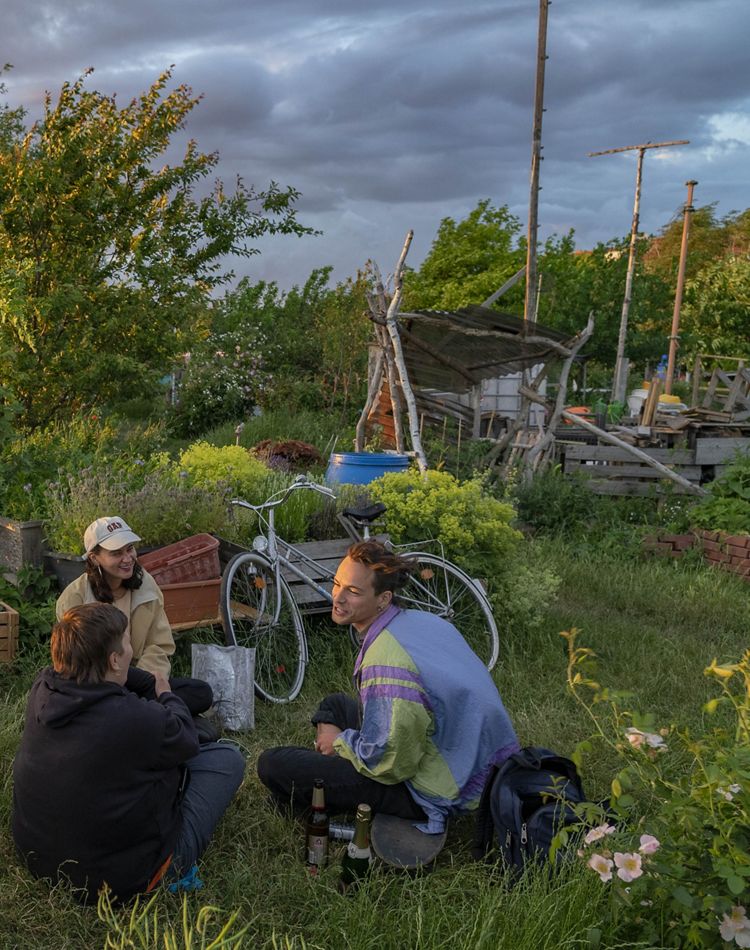

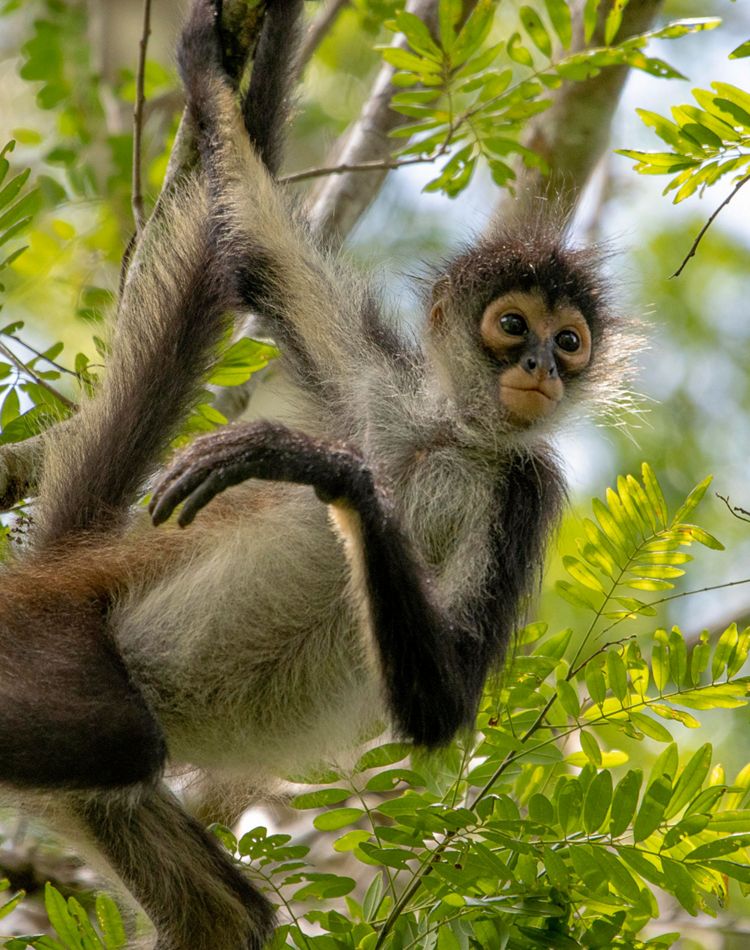
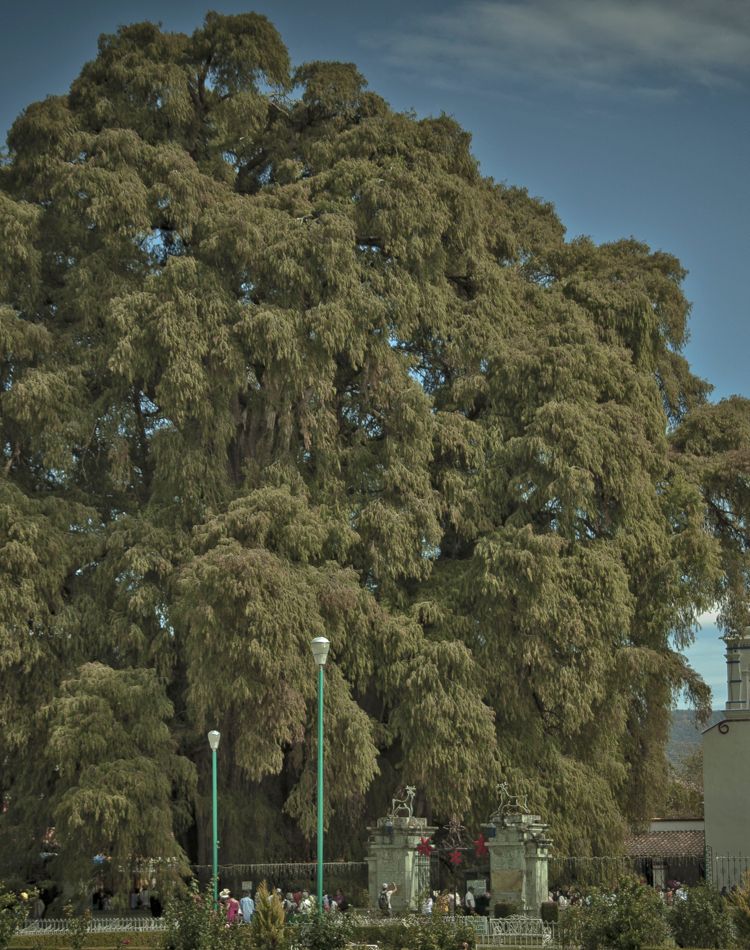
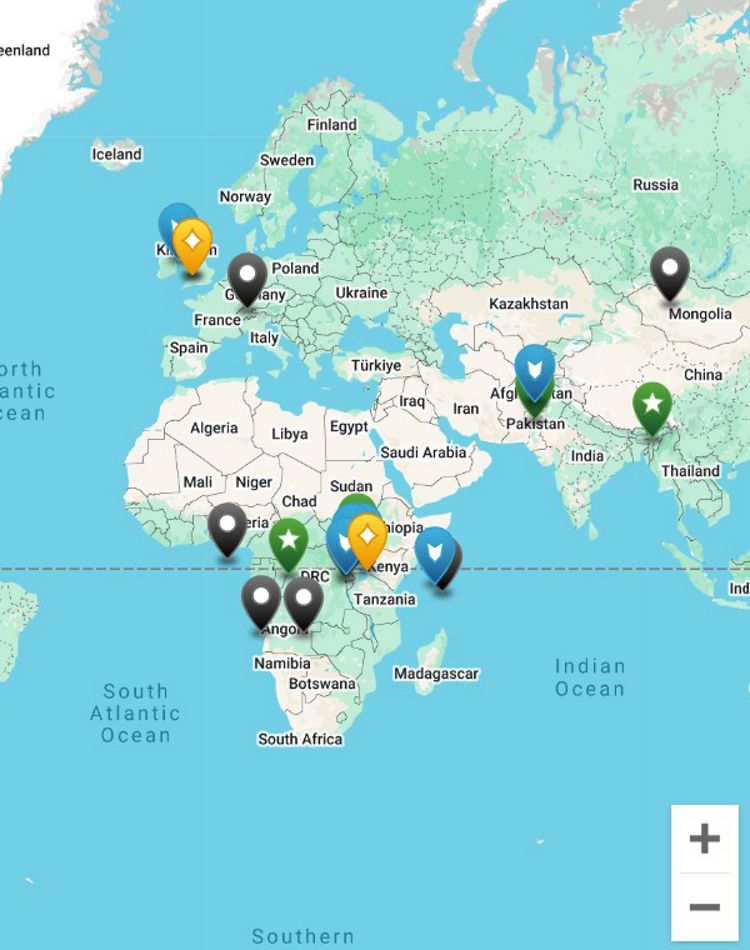

Africa
Why Investing in Women is Good for Conservation
Ensuring women and girls have equal access to knowledge and resources is not only the right thing to do, it’s the only way to find lasting solutions for people and the planet. Across Africa, women fight climate change, improve land management and reinvest in their communities. TNC is helping promote leadership, education, health and economic opportunities for women and girls.

Asia and the Pacific
Scaling Climate Action Through Policy in China
Natural climate solutions can help China reach net zero carbon emissions by 2060, and national policy can integrate these solutions throughout China. TNC is championing two natural climate solutions that often hide in plain site: protecting and revitalizing forests, grasslands and wetlands, and sustainably managing ecosystems.

Canada
How Indigenous Leadership Protected Thaidene Nëné
Thaidene Nëné, which means “Land of the Ancestors” in the Denesoline language, is 6.5 million acres of newly protected land in Canada. Born of a historic agreement, the land houses a new national park, wildlife habitat and, crucially, a sustainable trust for Indigenous leadership. TNC provided the Łutsël K’é Dene with strategic, financial and technical support, and now they manage the vast territory according to their values.

Caribbean
Barbados Blue Bonds
How does a small island nation conserve its marine ecosystems when they are burdened by debt and the costly effects of climate change? Refinancing. Blue Bonds for Ocean Conservation (and a prime minister committed to fiscal responsibility and global climate leadership) secured $50 million in funding to protect Barbados' marine ecosystems and develop a sustainable blue economy. This deal allows Barbados to conserve 30% of its ocean habitat while also meeting the country's financial needs.

Europe
Berlin Adapts to a Changing Climate
Germany knows that urban nature makes cities healthier, more vibrant and more enjoyable places to live and work. Berlin is taking its first steps towards increasing climate adaptation and biodiversity through urban greening. Soon, roadsides, rooftops, courtyards and unused lands will have new native gardens, trees and urban wetlands. Berlin will measure the results by looking at number of species, amount of stormwater runoff and surface temperatures—and share their lessons so others can create more livable and sustainable communities.

India
Farming for the Planet in India’s Breadbasket
Millions of small farms across India sustain the country's population with wheat and rice, yet their annual burns release toxins and greenhouse gasses into the air. Farmers burn their fields because growing both crops requires a fast turnaround time. But some farmers are making a change, working with nature to improve soil health, increase yields, fight climate change and improve air quality. Word of mouth—and the Happy Seeder—are their powerful tools of change.

Latin America
Saving the Maya Rainforest
A few years ago, the Belize Maya Forest was likely about to be lost. Home to hundreds of species of birds and trees, and the largest population of jaguars, this rainforest was mostly privately owned. A massive deal protected 236,000 acres of this rainforest in 2021, and now the total protected land area in Belize is nearly 40%. This deal is great for wildlife, but also for people: the forest's watersheds supply Belize with a third of its drinking water and a quarter of its water for irrigation. But getting here—in a pandemic—was an adventure.

United States
Building Back Montezuma Cypress
The Montezuma cypress is a massive, ancient tree: one tree has a 46-foot diameter and is at least 1,000 years old. These trees were also once abundant throughout Mexico and the United States, until war and deforestation left few standing. One professor and his students are germinating seeds from the last stand of old-growth Montezuma cypress trees in Texas to restore the Rio Grande Valley's heritage.

Global
Our Priorities Around the World
Explore this map to see The Nature Conservancy’s key initiatives around the world to conserve the lands and waters on which all life depends.
TNC Near You
Find out what The Nature Conservancy is doing to care for the places where you live, work, and play—and get involved!